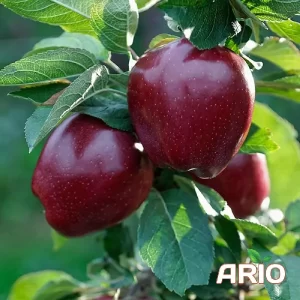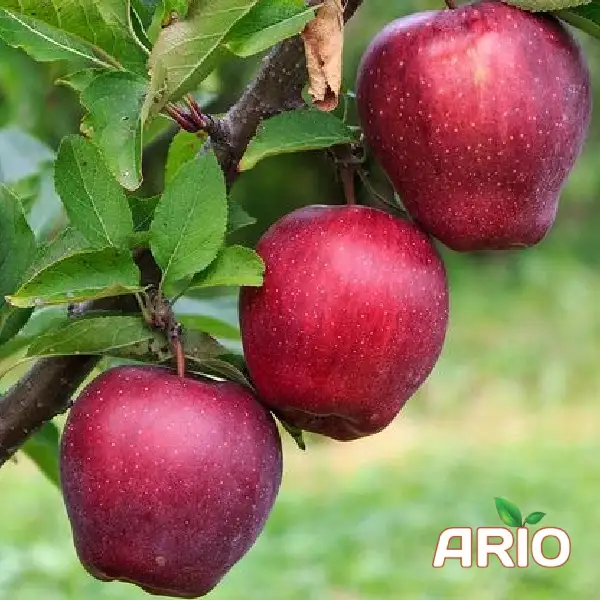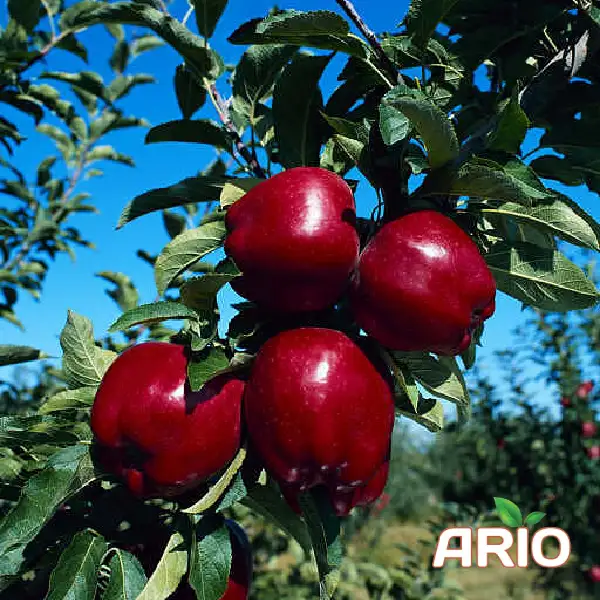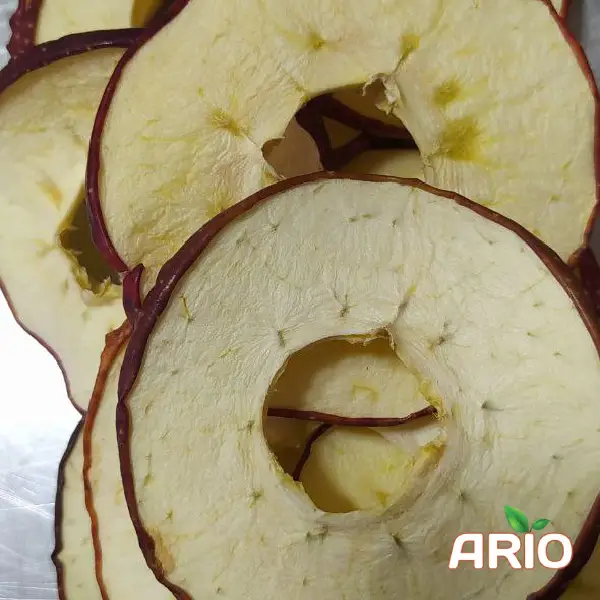
Fresh Apple
Fresh apples are more than just a staple fruit—they are a global commodity, powering trade and consumption across continents. In recent years, Iran has emerged as a major player in the fresh apple export market, offering a range of high-quality varieties with competitive advantages in cost, taste, and supply reliability. For importers, wholesalers, and procurement professionals seeking a dependable source of apples, understanding Iran’s apple sector is a strategic imperative.
Iranian Fresh Apples: A Complete Guide for Importers and Exporters
This guide provides a complete overview of the Iranian fresh apple industry, offering essential insights into production, varieties, export standards, logistics, and pricing trends.
The Scale and Scope of Iran’s Apple Industry
Iran is among the world’s top apple producers, ranking fourth globally with an annual output of over 4 million metric tons, according to FAO data. The country’s diverse climates—ranging from mountainous highlands to temperate valleys—support extensive apple cultivation, especially in provinces such as East Azerbaijan, Fars, West Azerbaijan, and Kurdistan.
A significant portion of this production is export-grade, with over 900,000 metric tons of apples exported in recent years. Key destination markets include India, Russia, China, Iraq, and the UAE.

Major Varieties of Iranian Apples
Iran offers a wide selection of apple varieties suited for both fresh consumption and industrial use. These include:
1. Red Delicious
Large, crisp, and deeply colored, Red Delicious apples are among the most popular Iranian exports. They are typically harvested from late September to mid-October.
2. Golden Delicious
Recognized by their yellow-green hue and mild sweetness, these apples are harvested slightly earlier and have a robust shelf life, making them ideal for export.
3. Gala
Known for their aroma and balanced taste, Gala apples are popular in Asian markets. Their harvest begins in late August.
4. Fuji
A late-season variety, Fuji apples are sweet, firm, and suitable for extended storage and long-distance shipping.
5. Granny Smith
Tart and crisp, these green apples are often used in cooking or industrial processing.
Understanding Quality Standards and Certifications
Iranian apples are graded according to size, color, firmness, and sugar content. Export-quality apples must meet strict criteria:
- Size uniformity (typically 70–90 mm in diameter)
- Unblemished skin
- Minimum Brix level of 12
For international trade, certifications such as GlobalGAP, ISO 22000, and phytosanitary certificates are commonly required. Many Iranian exporters also comply with destination-specific standards, such as India’s FSSAI requirements.
Export Regulations and Tariff Landscape
Exporting apples from Iran involves regulatory compliance, including:
- Export licenses from the Ministry of Agriculture
- Quality inspection certificates
- Customs declarations and phytosanitary clearance
While Iran has periodically imposed export bans on apples to stabilize domestic prices, most restrictions are seasonal and policy-driven. Staying updated through official channels like the Iran Trade Promotion Organization is essential.

Packaging, Storage, and Logistics
Iranian exporters offer a variety of packaging options, including:
- 10 kg and 18 kg telescopic cartons
- Modified atmosphere packaging (MAP)
- Palletized loads in refrigerated containers (reefers)
Apples are typically stored at 0°C to 2°C with 90–95% humidity. Under these conditions, shelf life can extend to 4–6 months, which supports global shipping requirements.
Market Trends and Price Dynamics
According to Tridge, Iranian apple prices in major markets range from $0.30 to $0.60 per kilogram, depending on the season and variety. Recent pricing surges in countries like Taiwan and India have boosted demand for Iranian alternatives due to their cost-efficiency.
Market fluctuations are influenced by factors such as harvest yields, transport costs, currency exchange rates, and regional import tariffs.
Why Iranian Apples Are a Smart Choice
Importers favor Iranian apples for several reasons:
- Competitive Pricing: Lower labor and land costs allow for attractive pricing without sacrificing quality.
- Flavor and Shelf Life: High-altitude cultivation contributes to sweeter flavor and longer post-harvest durability.
- Proximity to Major Markets: Geographical advantage supports faster shipping to Europe, the Middle East, and Asia.
Dried Apples: A Nutritious, Long-Lasting Alternative
In addition to fresh apple exports, Iran is also gaining recognition for its high-quality dried apples. Naturally sweet, rich in fiber, and free from additives, Iranian dried apples are a convenient and healthy snack option for modern consumers. Thanks to advanced drying techniques and export-grade packaging, they offer excellent shelf life and are well-suited for retail, foodservice, and industrial use across global markets.
Learn more about Iranian dried apples

FAQ: Common Questions About Fresh Apples from Iran
Iranian apples offer high quality, long shelf life, and are competitively priced, making them ideal for international markets.
Major importers include India, Russia, China, Iraq, and the UAE.
Common certifications include GlobalGAP, ISO 22000, and phytosanitary documents.
They are typically packed in 10–18 kg cartons, often with MAP, and shipped in refrigerated containers.
Harvesting begins in August for Gala and continues through October for Fuji and Red Delicious.



















